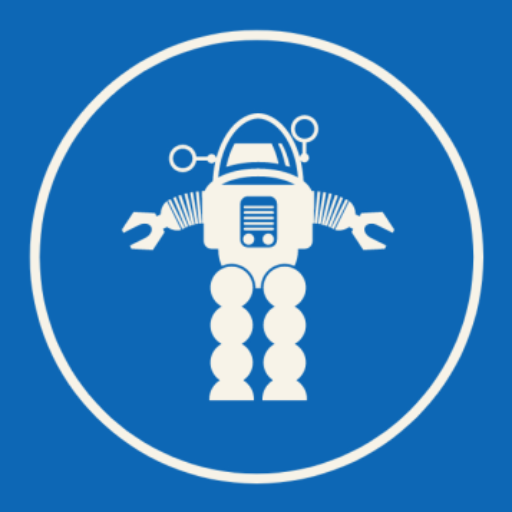Latest from MIT Tech Review – Three ways AI chatbots are a security disaster
AI language models are the shiniest, most exciting thing in tech right now. But they’re poised to create a major new problem: they are ridiculously easy to misuse and to deploy as powerful phishing or scamming tools. No programming skills are needed. What’s worse is that there is no known fix. Tech companies are racing…
